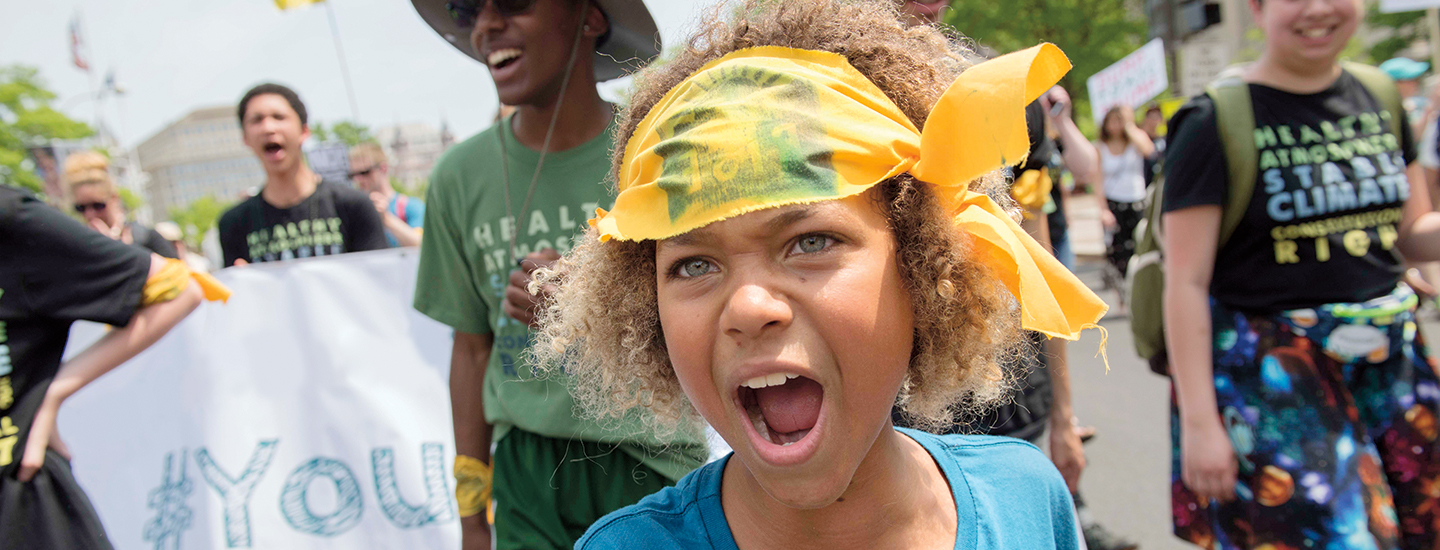Levi Draheim lives five minutes from the ocean. His town, Satellite Beach, is on an island off the east coast of Florida. Being close to nature is great for the 10-year-old, who loves “basically anything outdoors,” he says.
But Levi worries about the future of Satellite Beach. Climate change—a gradual change in Earth’s average temperature and weather patterns—is causing sea levels to rise around the world. Some beaches near Levi’s home have already washed away. “I’m scared because my home might be gone someday,” he says.
Levi is one of 21 young people who are working with lawyers to sue the U.S. government over climate change. They want lawmakers to do more to stop the pollution that contributes to climate change and prevent its harmful effects. The trial is scheduled to start in 2018.
Levi Draheim lives five minutes from the ocean. His home is a town called Satellite Beach. It’s on an island off the east coast of Florida. Being close to nature is great for the 10-year-old. He loves “basically anything outdoors,” he says.
But Levi worries about Satellite Beach’s future. That’s because of climate change. It’s slowly changing Earth’s average temperature. It’s also affecting weather patterns. That’s causing sea levels to rise. It’s happening around the world. It’s even happening to beaches near Levi’s home. Some have already washed away. “I’m scared because my home might be gone someday,” he says.
Levi is one of 21 young people working with lawyers. They’re suing the U.S. government over climate change. They want lawmakers to work to stop pollution adding to climate change. They also want the government to help stop climate change’s harmful effects. The trial is scheduled to start in 2018.

